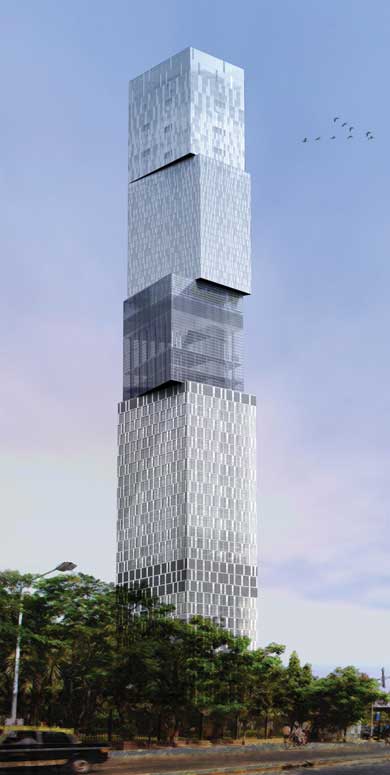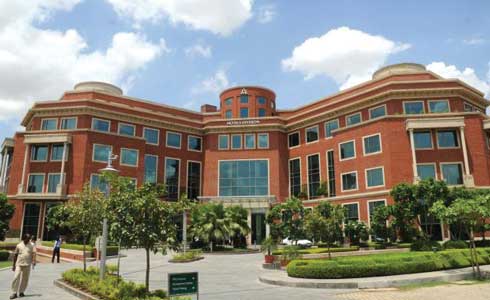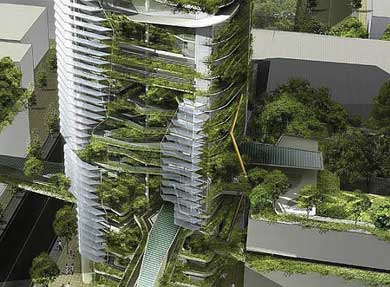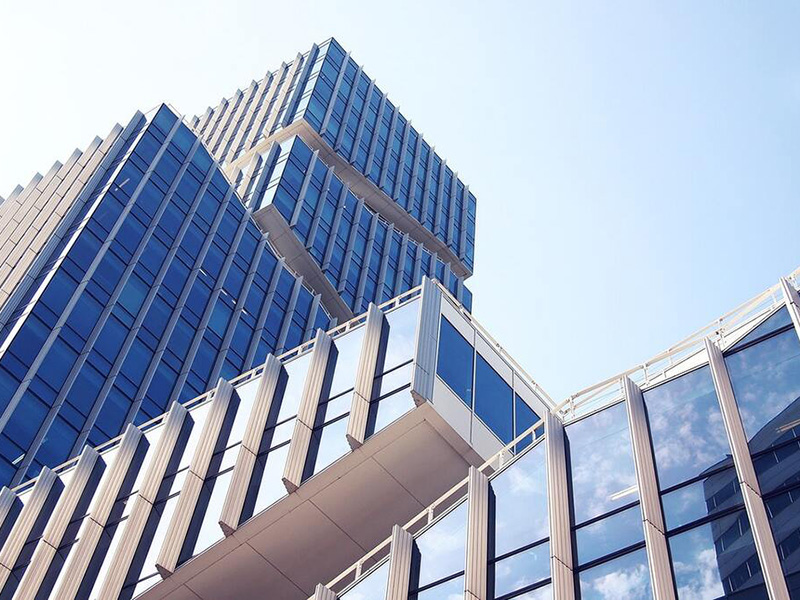
What is Sustainable Architecture?
If sustainability were to be given a shape, it would be the shape of a circle. Any aspect of living that can keep moving in a circle without interfering with objects outside this circle can be termed as sustainable, a bit like the Indian political system, where we seem to make enormous strides but every few years we realise that we are back to square one. In his enormously successful book Design with Nature, published in 1969, Ian McHarg argues that:"If one accepts the simple proposition that nature is the arena of life and that a modicum of knowledge of her process is indispensable for survival and rather more for existence, health and delight, it is amazing that how many apparently difficult problems present a ready solution."
The key to architectural sustainability is to work with, rather than against, nature; to sensitively exploit and simultaneously avoid damaging natural systems. Architectural sustainability mirrors the view that it is necessary to position human activities as a non-damaging part of the ongoing ecological landscape, with a belief that 'nature knows best'.
Any green building, architect should identify places with intrinsic suitability for agriculture, forestry, recreation and urbanization. Designing with nature at a building level is about recognizing sun paths, breezes, shade trees and rock formations that can be used to create something that people can inhabit comfortably, while recognizing that natural features such as trees, animal tracks, habitats and natural drainage systems must be 'protected.'
For example, if one were to choose a device with high shading coefficient in the summer and a low shading coefficient in the winter, a vine may be used in place of a mechanical system. The vine shades the building when (and only when) it is needed, and the building provides a home for the vine. Thus both the building and the 'component' of nature are sustainable. By adding rainwater collection, reed beds for sewage and perhaps wind or solar power for electrical energy, the building can be independent of imported service and exported waste, keeping its environmental footprint within the footprint of the site. The final archetypal visual image is one of an isolated, self-sufficient buildings dominated by its surrounding landscape. A bit like the circle I talked about earlier.
Green Building in India

India is now the second largest market for green buildings. This trend is completely market driven and has been achieved with very little government support.
While this sounds fantastic, there is an urgent need in India to extend the technological understanding of sustainable architecture and to incorporate socio-cultural aspects in its production. The need emerges from the fact that Indian architects have failed to recognize the significance of the social dimension in facilitating the sustainable development.
One challenge to India's acceptance of sustainable architecture is the gap between technology and economic status. On one end, sophisticated technology-based solutions have been developed to improve the energy efficiency of buildings, but they require a high initial investment that very few can afford. On the other end, affordable, low-cost technologies, such as mud architecture, are already available; however, these do not fit in with the aspirations of the upwardly mobile urban population. Affordable technology-based solutions are thus seen as the only means of addressing environmental degradation.
India and Energy Efficiency

The issue of energy efficiency is more relevant for developed countries where one-third of the total energy is utilized for heating or cooling of buildings. When energy efficiency is used as the main criterion for green buildings in India, several critical issues tend to be ignored. For example, the issues of water and sanitation are more critical than energy efficiency in India. Studies indicate that at current rates of population growth and consumption of water per capita, there will be a shortage of drinking water in Indian urban centres within the next decade.
That being said, the western model of sustainability works very well and has measurable benefits. However, economically speaking, I am not entirely convinced, it is the best solution for India. Instead, I believe that we need home grown solutions that propagate self-sufficiency and contemporary regionalism while maintaining decentralized approach to sustainability.
My personal view is that the debate on sustainable architecture cannot be restricted to quantitative environmental sustainability. It is essential that relationship between social, economic and environmental sustainability should become a critical consideration for the design of India's built environment. There is little sense in spending millions on the best technology to create the greenest of green buildings if very few Indians can associate with them and even fewer can afford.
Deepika Mathur of the University of Melbourne has rightly pointed out that:
"By limiting itself to sustainability that is dependent on technology for solutions, sustainable architecture in India fails to incorporate the critical dimension of social and cultural sustainability without which it may not work in the Indian context. To be environmentally sustainable, architecture would need to also register the social, political, economical and cultural context of India and offer solutions that are sensitive to its particularities. This precludes universal technological solutions in the form of models of environmental sustainability derived directly from the West."















